Raising a new puppy is one of the most exciting times in your life! However, many people underestimate how much effort is required in training a new puppy and will assume that they will somehow magically learn on their own. The truth is, training young puppies is something that takes a lot of patience and consistency. This is all to set you up for life!
Committing to training is one of the most important pillars of Responsible Pet Ownership. People who socialize and train their puppies well are more likely to have healthy and happy dogs whose bonds last a lifetime. Failing to train your new puppy during this crucial stage could result in an anxious adult dog and/or problem behaviors that could in turn lead to the misfortune of giving them up.
Even though most of us have the best intentions when raising new puppies, many are guilty of common puppy training mistakes! This breaks down the most common issues with training new puppies and the best way to address those potential problems.
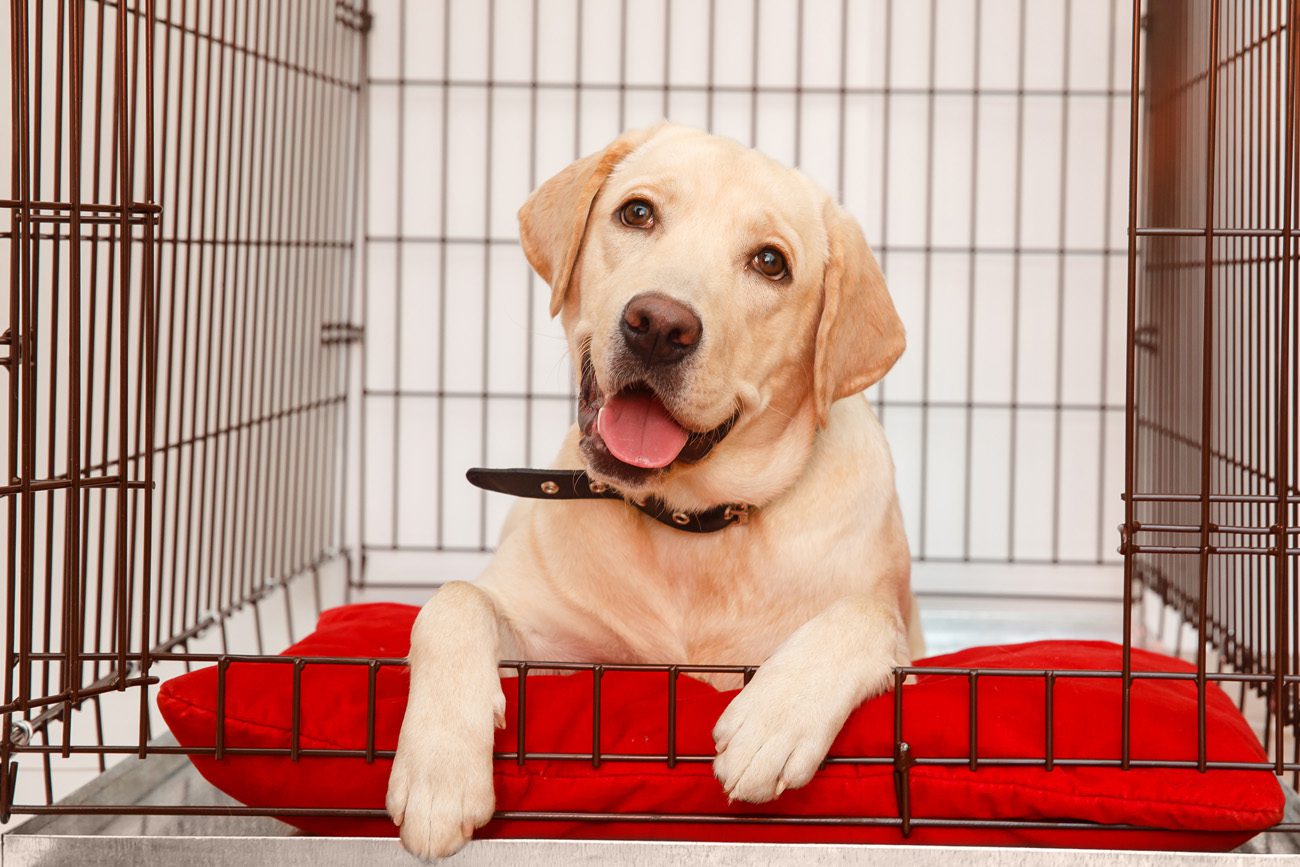
- Starting Training Late
Naturally, the most common mistake people make with puppy training is not starting it at all or early enough! The day you bring your new puppy or dog home is the day that training begins. We must show our puppies boundaries and what we expect of them from the get-go. This means giving them structure and showing them what it means to “work” for you.
We highly recommend using crate training as a tool for house-breaking new puppies. Crates should be a safe space and you can create a positive experience for them by rewarding them with treats and praise when they successfully learn the command “Crate”! To make the crate fun, spend time playing crate games with your dog. Toss toys or treats in there to get them used to going in and out of the entrance and praise them with the command by saying “good crate!” when they go in. With this, you should be focusing on two things: a positive association and manners. Your puppy should be learning respect for the door and your commands instead of busting out of the gate as quickly as possible.
Practicing crate training with your puppies shows them that they have their own space and creates a structure for potty training by limiting their freedom to roam and go potty around the house. Puppies who are crate-trained are house-broken more quickly because dogs thrive on routine.
Dogs who lack the foundation of the crate, potty training and basic commands as a puppy grow up without boundaries or an understanding of how to work and take direction from their owners. This can lead to an unruly and/or anxious dog… But it is never too late!
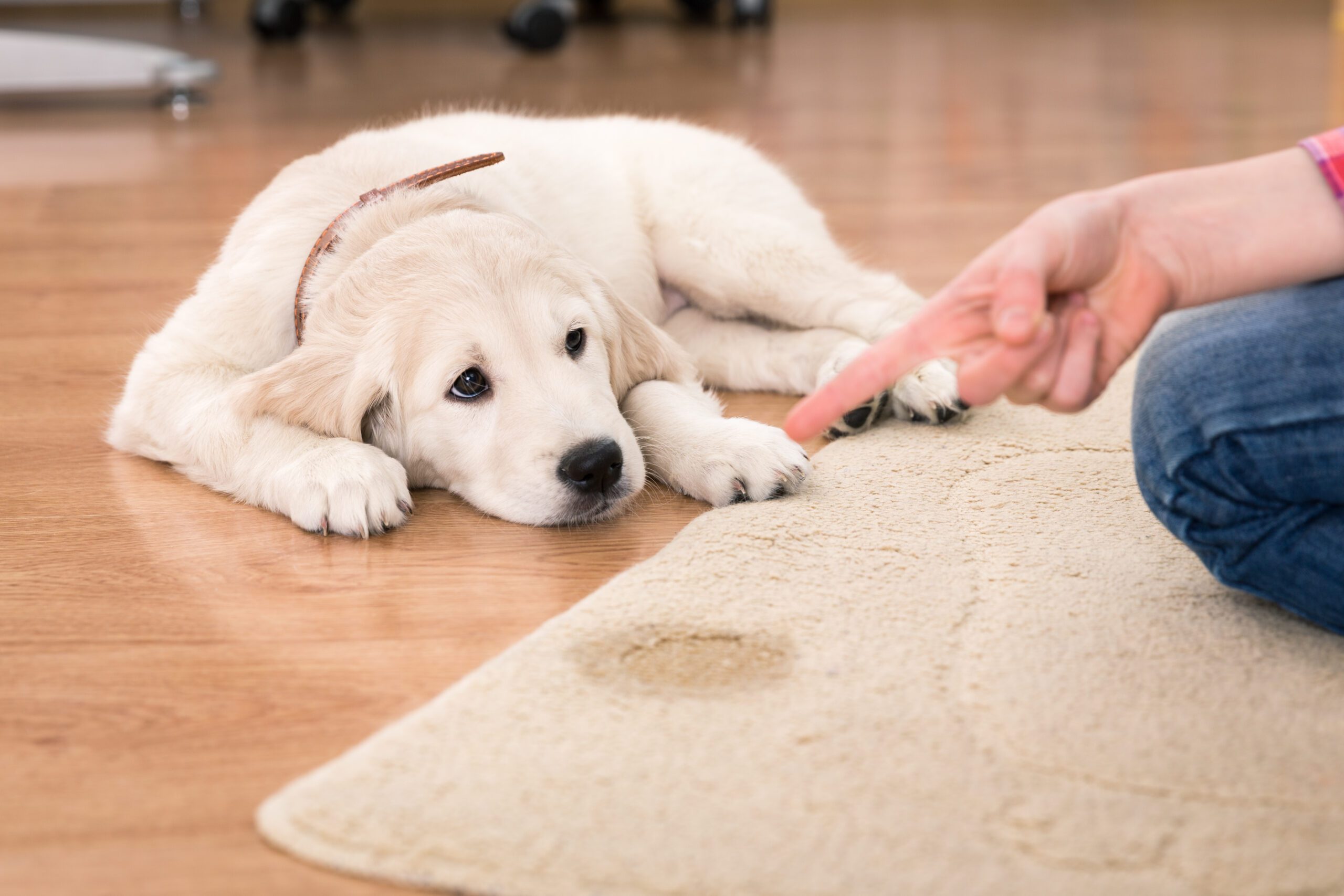
- Harsh & Negative Discipline
It is important that puppies learn the meaning of “no” but not at the cost of their confidence within you. While they are still learning, puppies will make mistakes and have accidents and it is important not to shatter their trust by using harsh discipline.
Many make the mistake of thinking that putting a dog’s nose in their accident spot or spanking them will help them with house-breaking, but it only stresses them out. Dogs are unable to make the connection of what you are punishing them for after the fact. If you catch your new puppy in the act of going potty inside the house, simply stop them and say “No!” Take them outside immediately with the command “go potty outside!” with lots of praise every time they do it.
Positive reinforcement is the best way to show your dog what you expect of them. It is normal to get frustrated during new puppy training, but using harsh, negative discipline makes it difficult for your dog to discern what it is that is making you upset. This could lead to a fearful dog and negative associations/anxiety around going potty itself.
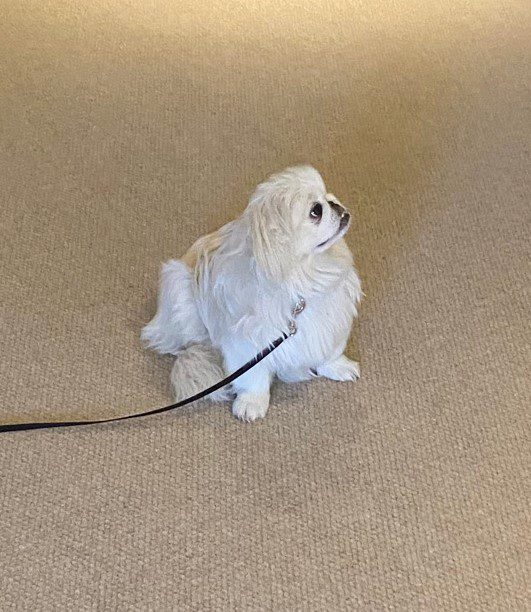
- Too Much Freedom
Structure, structure, structure! Boundaries are crucial for all dogs. Giving too much space and freedom gives them the idea that everything belongs to them. This will result in a household run by the dog and oftentimes they can become territorial of areas that belong to you (i.e. your bed).
Give your dog boundaries and their own safe space with the crate. Crating a puppy or keeping them in a playpen when you are sleeping or out of the house is not only safer for your pup, but your precious items as well. A bored dog with no barriers is certain to become destructive!
You could also try Umbilical Cord Method. This involves tethering your puppy to leashes around your home when you are unable to give them your full attention. This “Umbilical Cord” tethered near you (or to you) helps limit their ability to wander off and eliminate somewhere in the house (or get into mischief!)
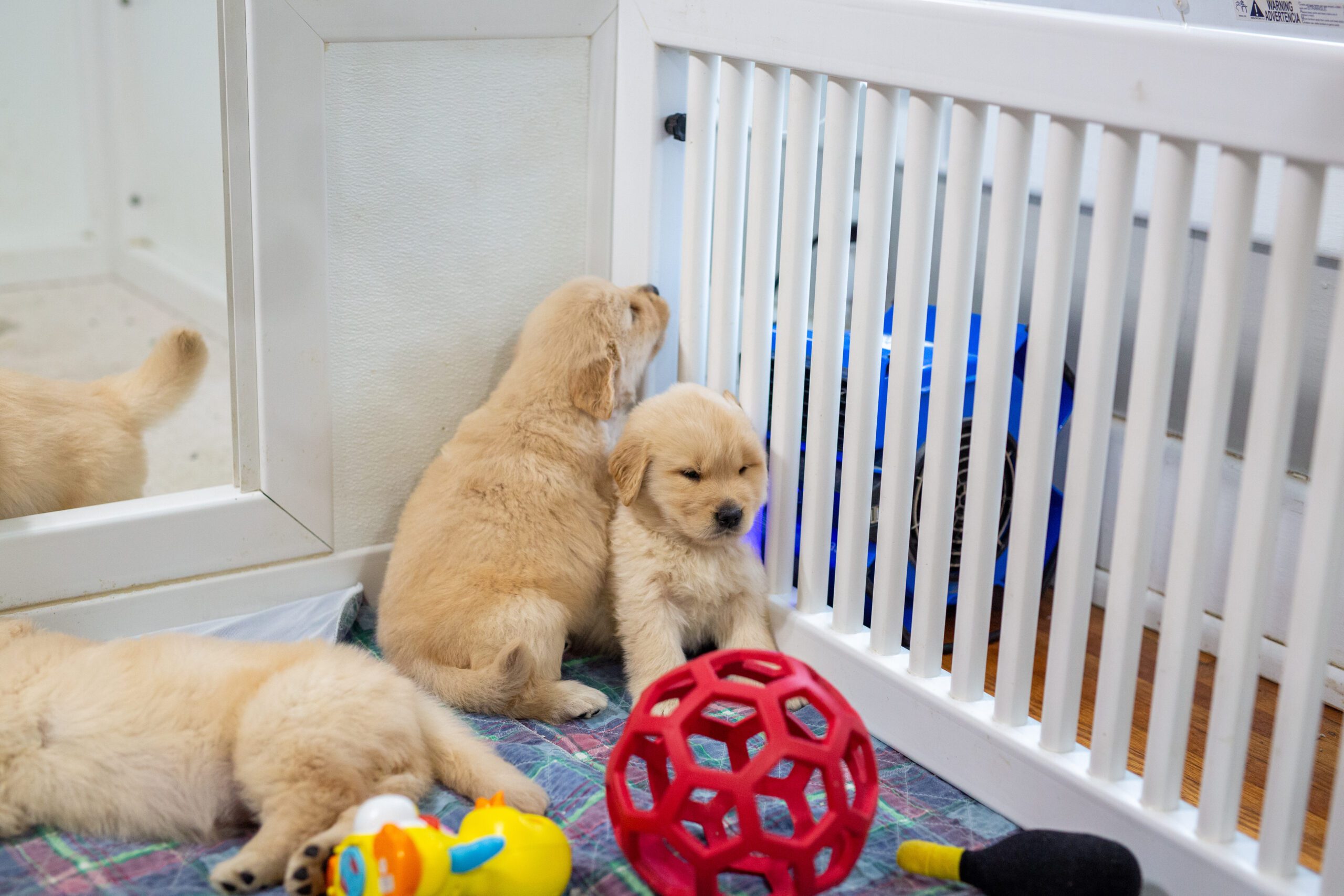
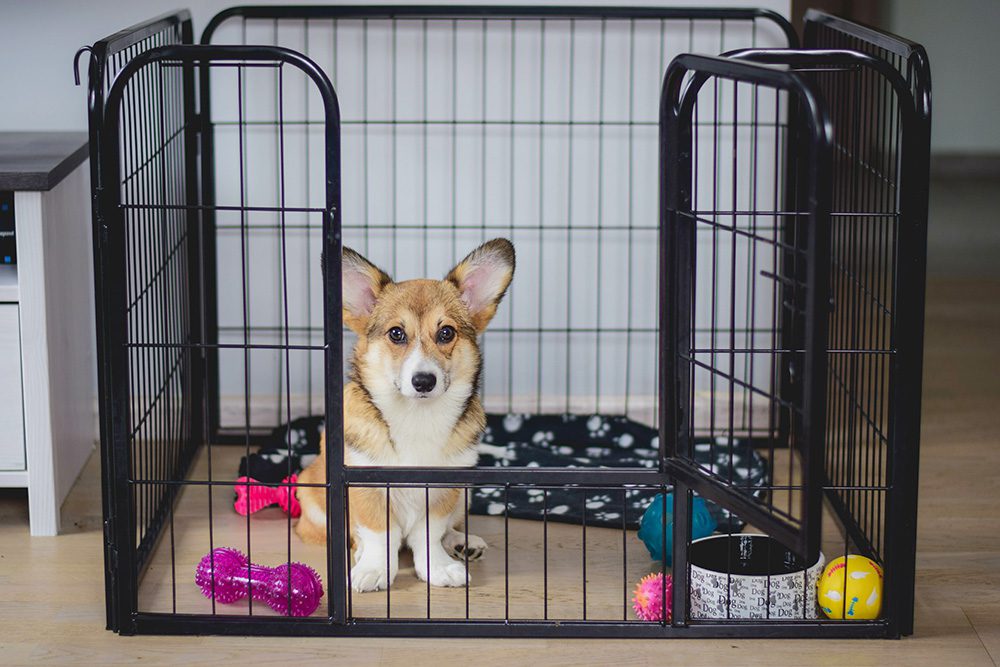
- Too Much Time Together
It is SO tempting to spend all your time together with your new puppy – after all, they are the cutest ever! However, even if you CAN spend all your time together, it doesn’t mean you should. It’s awesome if you work from home or have the ability to devote all your time to them but make sure you also implement alone time for your puppy.
Dogs need to learn to be okay on their own because eventually you will have to leave them! Creating a world for them in which they are never alone sets them up for Separation Anxiety, a condition where puppies suffer from severe stress and anxiety when separated from their owners.
The mighty crate is a tool to combat the potential for separation anxiety. Getting a puppy used to the crate and making it a safe, positive space gives them the opportunity to be happy when they are alone. It takes some adjusting for many puppies, but the sooner to get them used to being on their own, the easier it will be to leave them when you must.
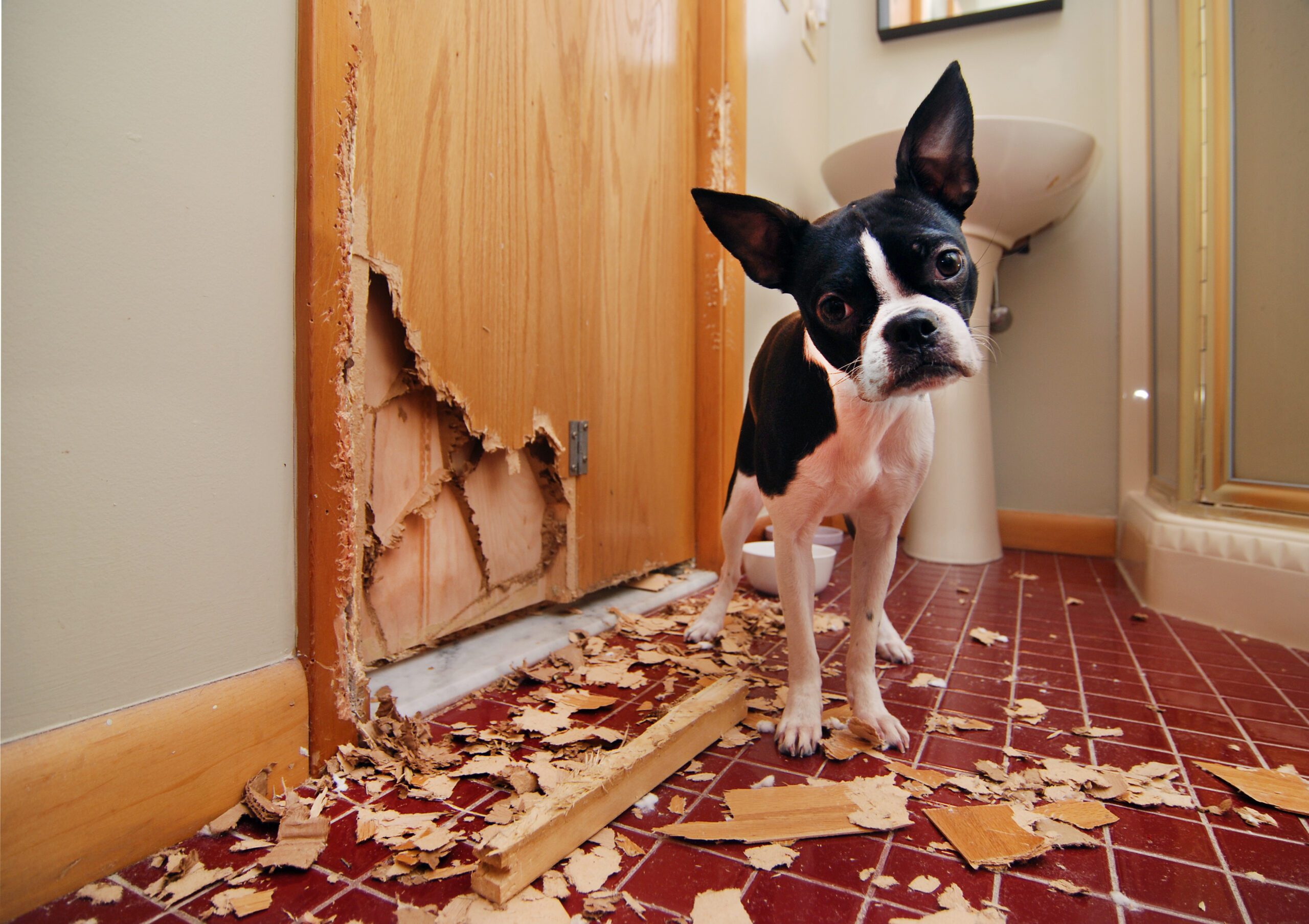
- An Un-Puppy Proofed Home
Bringing a new puppy home is basically asking for a tiny terrorist to wreak havoc on everything. If you like having nice stuff, you will greatly benefit from creating physical barriers between your nice things and the puppy. Invest in some playpens, gates, a crate, etc. before bringing a new puppy or dog home.
Chances are that you won’t be able to monitor them 24/7, even if you are home, so protect your home from your new puppy by creating barriers before they know the difference between your couch and dog toys.
Of course, you will want to invest in plenty dog toys and chews and take the time to clear out or protect any items or cables that they can reach. If a puppy can find it, they will investigate it by chewing! If you have a backyard, take the time to puppy proof your yard as well by ensuring you have a secure, fenced in area free of any hazardous materials or poisonous plants.
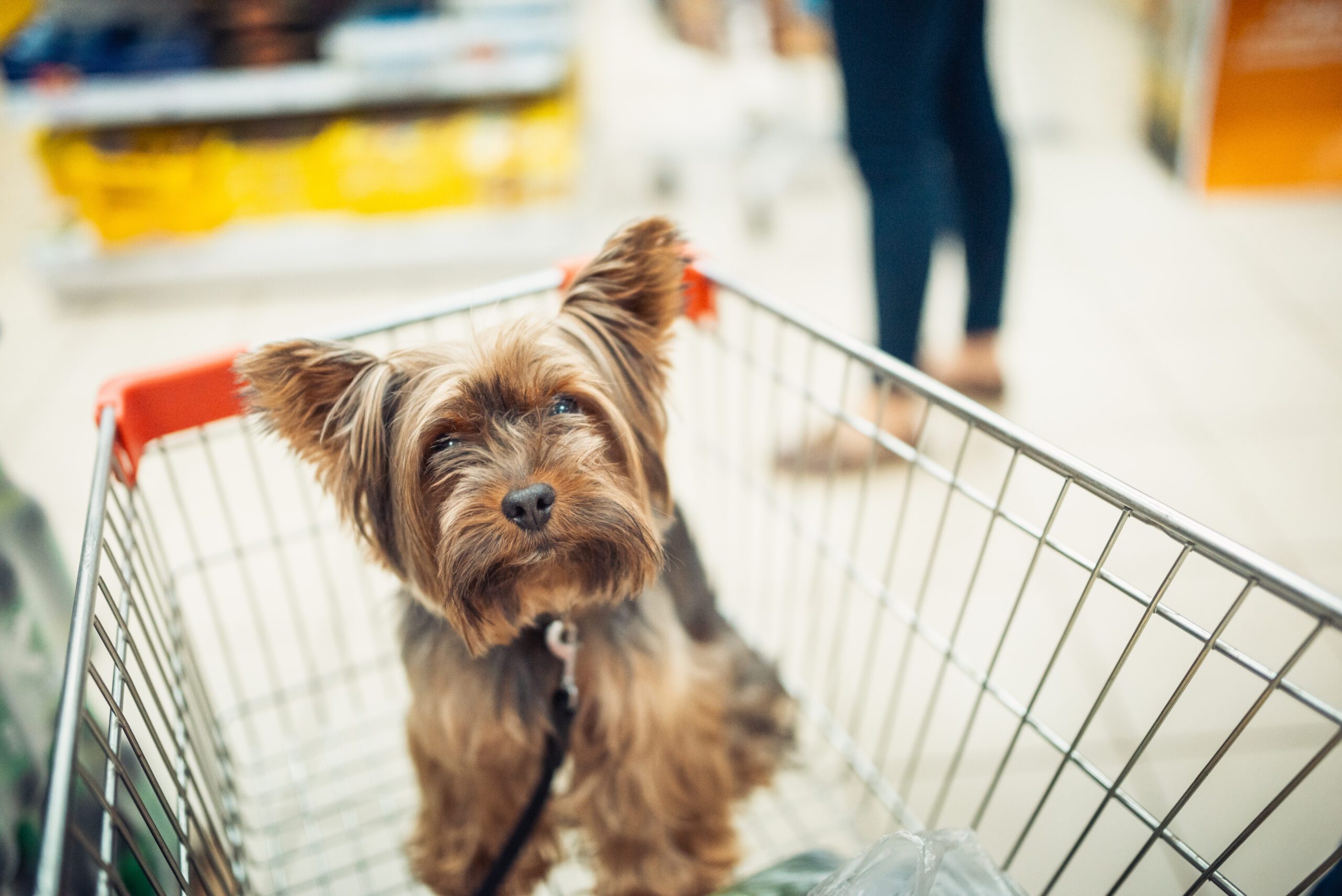
- Lack of Socialization
Socialization is a commonly overlooked and misunderstood concept in training a new puppy. People often mistake it as simply meaning being socialized with other dogs. While this social component is very important, socialization encompasses so much more. It’s a big, scary world and your little puppy needs to learn how to cope with it!
Socializing your puppy includes learning how to meet new people and other puppies as well as new surfaces, experiences, sensations, places, sounds, smells, etc.
The idea is to gently introduce your puppy to new sensory experiences in a safe, controlled environment. As they conquer new things, they build their confidence! Socialize your puppy with supervised play time, show them new surfaces to walk on, gradually bring them around louder sounds, touch their paws, etc. All of this paired with the positive reinforcement of praise and treats can help give these potentially frightening experiences a positive or neutral association.
Take your puppy for structured visits to places like a public garden or Home Depot to expose them to new sights and sound early on to show them that they are okay out in the world! Check out this blog for more great places for puppy socialization.
Failing to show your puppy new places and experiences results in a very anxious dog who might not be able to cope with a simple trip to the vet or one that is reactive with new dogs/people.
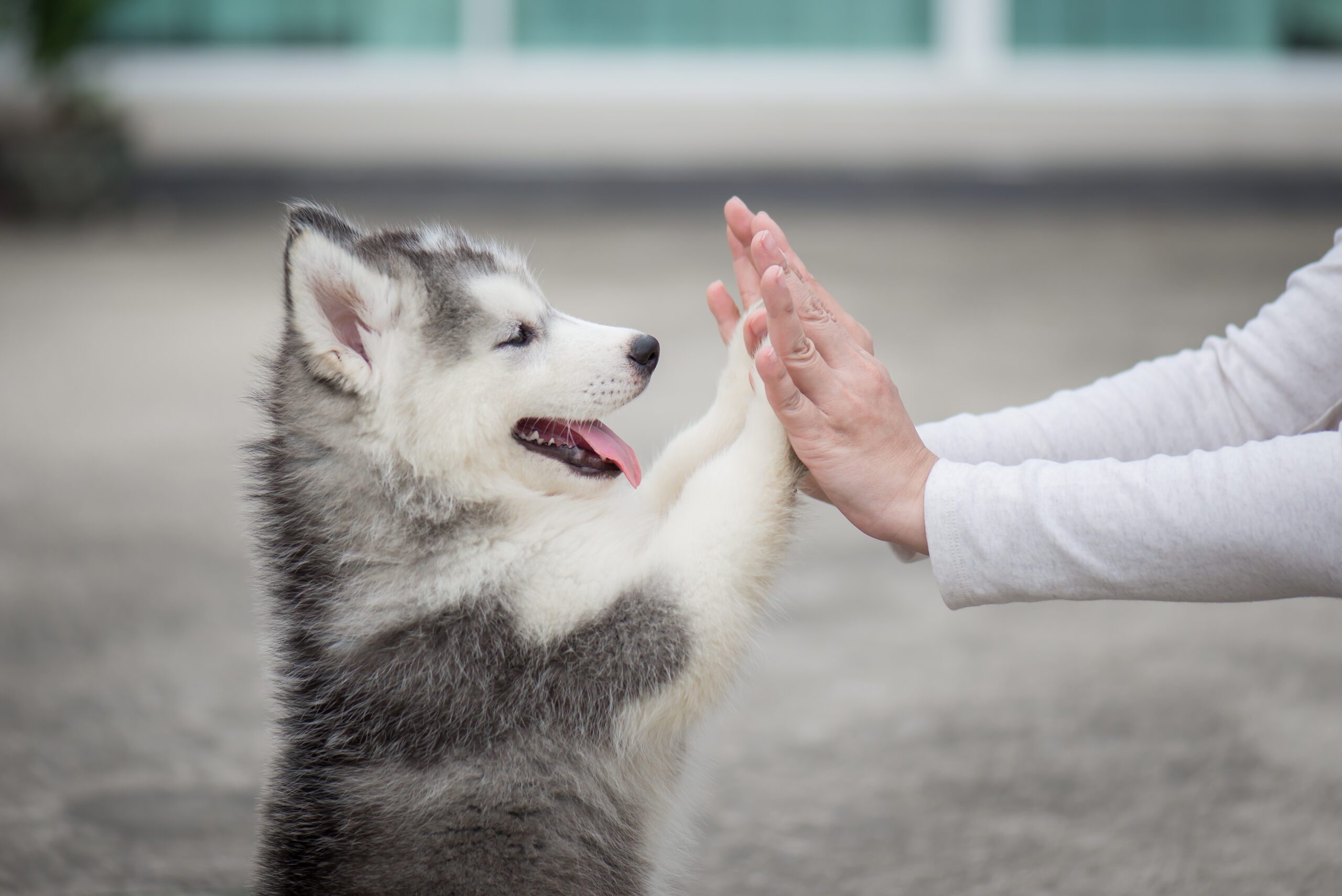
- Ineffective Communication
The point in training your puppy is essentially to create a shared language and understanding in which they learn your expectations of them. Ways that we build on this is consistency; using the same words for commands every time, sticking to a routine, and correcting negative behaviors in a way that dogs can understand.
People often take disciplinary action with their pets that teach them nothing but to stress out. Yelling at a dog is essentially ineffective if they don’t even understand what you are saying!
Every dog is unique and it is highly advisable to work with a professional trainer to have them help you read your dogs cues and recommend what will work best for their personality. Some dogs are more sensitive and will shut down when they receive a correction like pulling up on a slip-lead, while others will snap right back into shape with that. It is important to learn what works best for the individual pup to prevent stressing them out.
When it comes to corrections and praise, timing is everything. This feedback needs to be delivered the instant that the behavior you are correcting or praising happens. For example, if you want to teach your dog to “sit” then the praise/treat needs to happen as soon as their hindquarters touch the ground. Good timing with training enhances the efficiency of what you are teaching! Corrections are ineffective if they are not happening as the behavior happens so generally avoid punishing your dog or putting them in time out after the fact. They will not grasp the concept of the mistake they made in connection to the punishment.
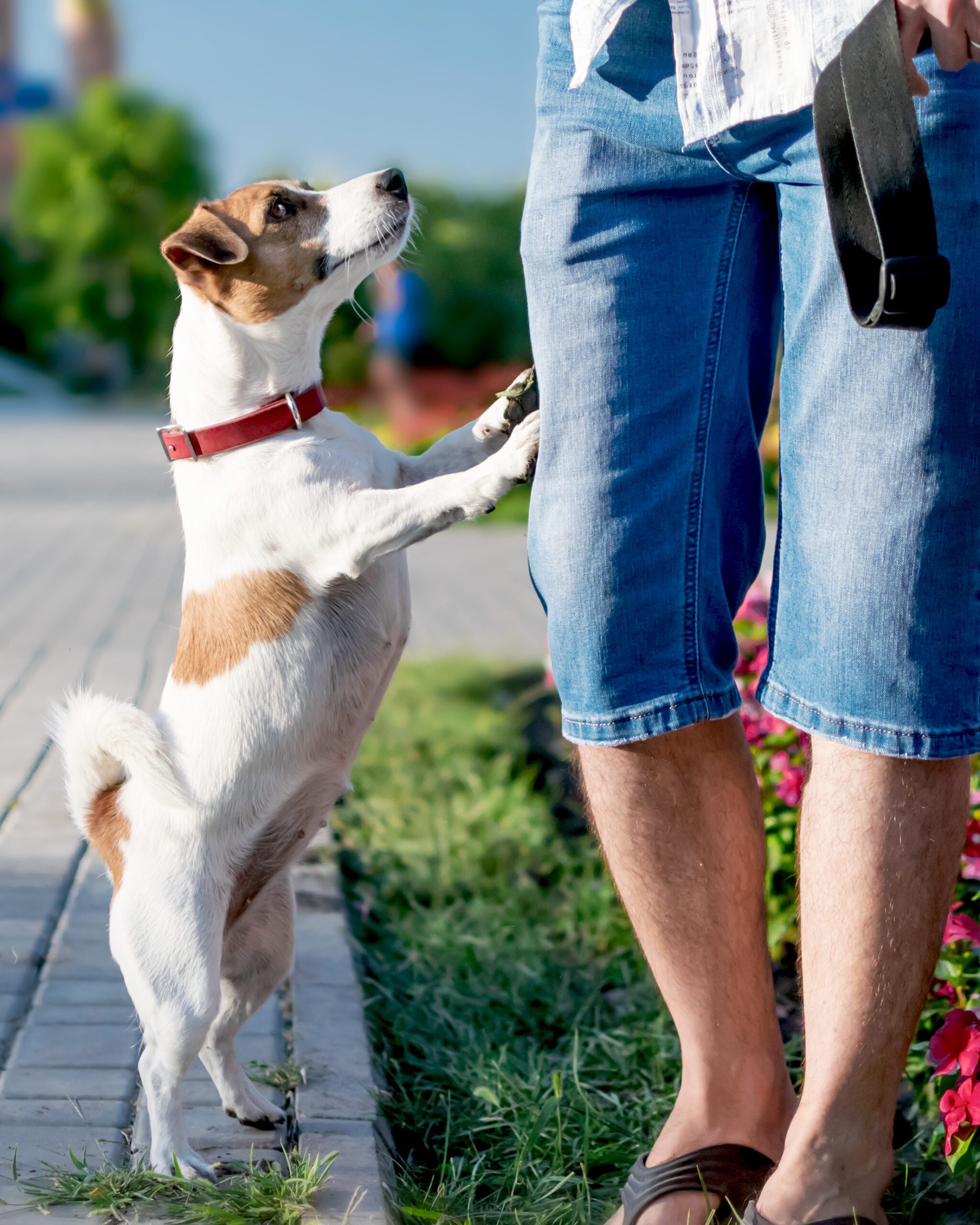
- Reinforcing Negative Behaviors
Something we all do unintentionally is reinforce undesirable behaviors simply because we crave the attention of our pets or don’t know how to intervene. This happens most often with smaller breeds as their size allows them to “get away with it.”
One of the classic examples of this is by engaging with a puppy who is jumping up on you. Any form of engagement (i.e. catching their paws, looking at them, talking to them, etc.) is going to be a reward to that negative behavior. Even pushing them down is a reward as they see that as play. One of the best ways to combat jumping is to simple turn around and ignore them when a dog jumps up on you.
Since your attention is generally a reward to your puppy, only engaging with them when they are being well-mannered is a great way to show them how you expect them to act. A dog jumping on you or barking at you should not be rewarding with your attention, even if it is to yell at them. They will likely only understand the behavior you desire from them if you wait until they stop the negative behavior to engage with them. Practice some patience and try to ignore your dog until they stop barking and in time, they will understand that the undesired behavior yields no reward!
Raising a puppy sure comes with a lot of responsibility but being a responsible pet owner is what we owe to our dogs! If you follow these guidelines to avoid common puppy training mistakes, you are likely to have a more confident puppy – one that is ready to take on the world with you! Confident dogs are generally healthier and happier and that makes us healthier and happier too! This is why dog owners are more likely to live longer lives.
Good luck puppy parenting out there!
Follow our Instagram for more helpful tips and ask us any questions.



